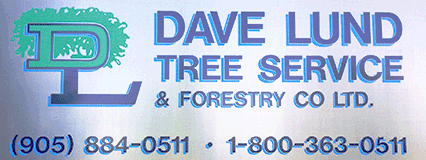Although trees with exposed roots are a common occurrence and are generally not a cause for alarm, they can be potentially hazardous. Exposed tree roots can be responsible for:
- Tripping hazards, especially if you have young children
- Damaging pipes and plumbing
- Difficulty mowing the lawn and potential damage to mower blades
- Creating unusable space in the surrounding areas
- Affecting your hardscape, resulting in costly repairs
- An aesthetically unpleasant property
- Vulnerability to further damage relating to water and nutrient collection
What Causes Roots to Grow Above Ground?

Tree roots normally grow 12 to 18 inches underground. More often than not, they won’t stick out unless they are forced to. Roots can be exposed when:
- The soil around them erodes because of wind or rain
- There is heavy foot traffic in the tree’s root zone, causing the soil to wear away
- The tree roots do not have enough space to grow or are blocked by the foundation of a manmade structure
Some people think that covering the roots with more soil will fix the issue, but this can cause the roots to suffocate. One of the most common mistakes when fixing exposed roots is cutting them off, as this causes more harm to the tree. Here are some options to deal with exposed roots that will keep the tree strong and healthy.
Mulching

Many arborists recommend applying a mulch bed around the base of your tree and over the exposed roots. This can protect the visible roots by:
- Discouraging anyone from walking around the tree’s root zone
- Insulating the roots of the trees
- Cushioning the roots
- Eliminating the need for mowing
- Preventing weeds and other plants from growing near the roots and taking nutrients from the soil

Good mulch is made by using organic materials (e.g. pine bark nuggets, pine straw, and twice chipped wood chips). Completely cover the visible roots with mulch, making the mulch cover as much of the surrounding space as possible. However, do not pile too much mulch against the bark of the tree. Because mulch decays over time and grows thin, this can lead to tree rot or encourage the development of disease.
To correctly apply mulch on your exposed roots, or for expert advice, it’s best to enlist the assistance of a professional arborist.
For expert tree service in the York region, Markham, Aurora, King, Thornhill, or Newmarket, call Dave Lund Tree Service and Forestry Co Ltd. You can reach us at (905) 884-0511 (Richmond Hill), (905) 775-1020 (Bradford), or toll-free at 1-800-363-0511. We offer a variety of services, including tree pruning, removal, and hedge trimming.

